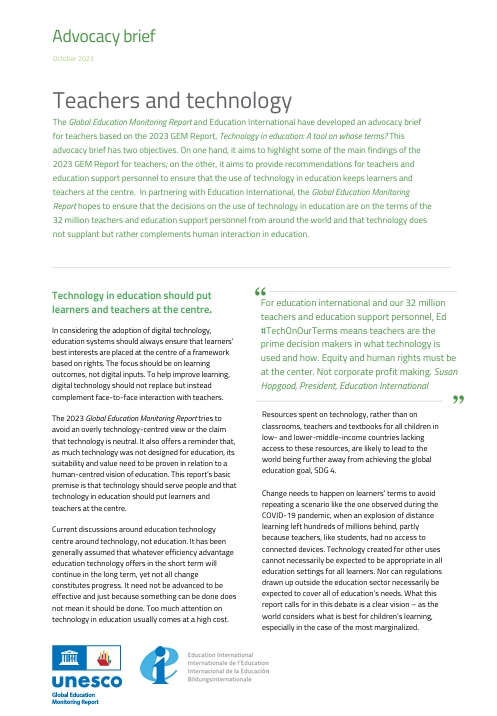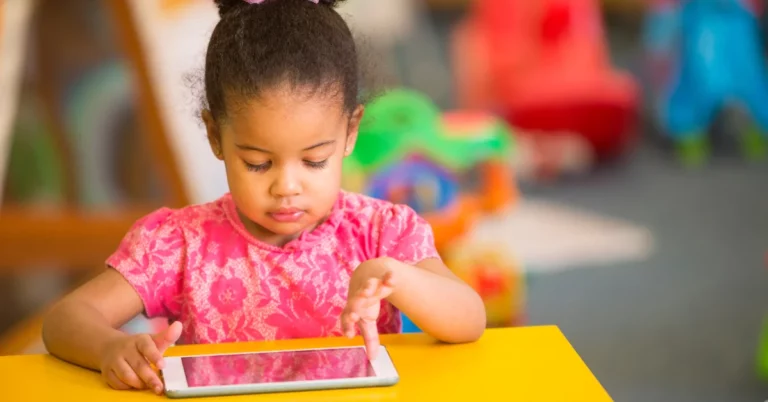Story Source: What Mobile ~ Go to Original Article
No aspect in today’s lives is not affected by the impact of technology and advancements that make everything easier and convenient. Although the classroom might look the same way as it was looking back in the earlier centuries, it would not be fair to say that technology has not affected the education system and students. If anything else, the students have a lot faster and easier access to education, by using any of the online services like Google or any other search engine for example. Instead of rushing to the library to gather the appropriate books that could be useful for writing the master thesis, students can download almost any book from the Internet in just a few mouse clicks. So, is the technology good for education and students, or is it bad?…………….






